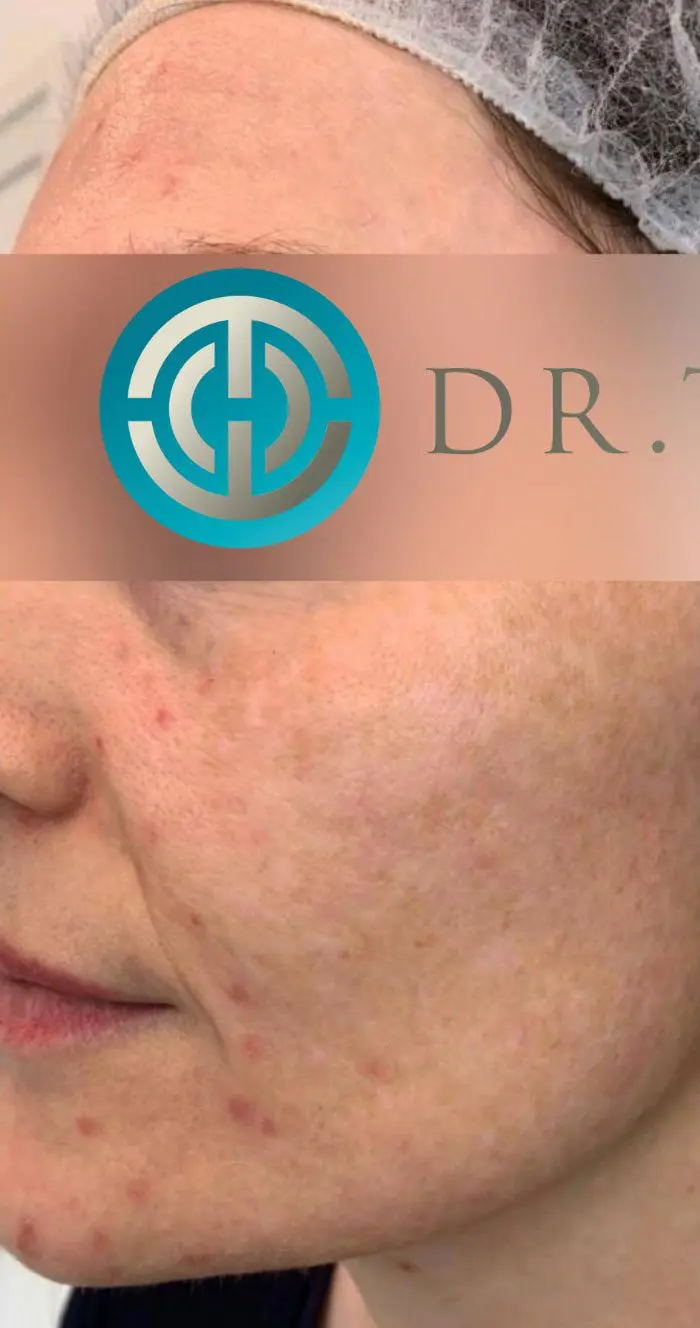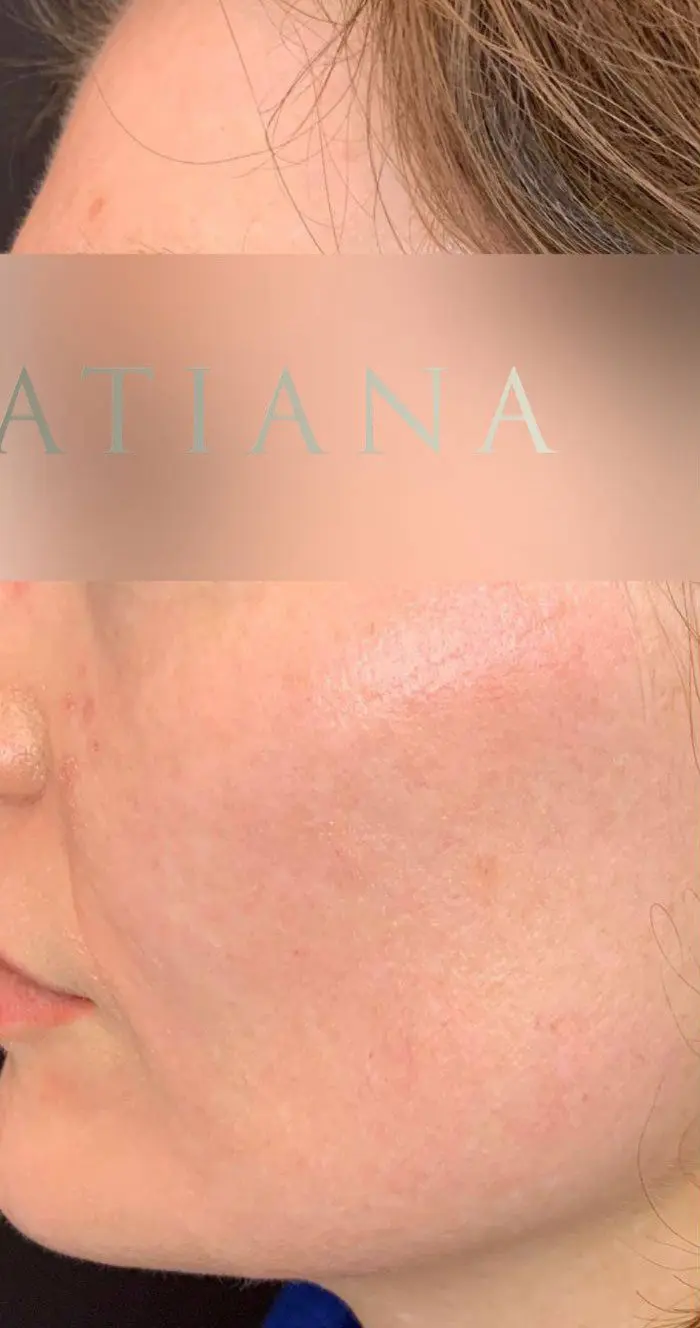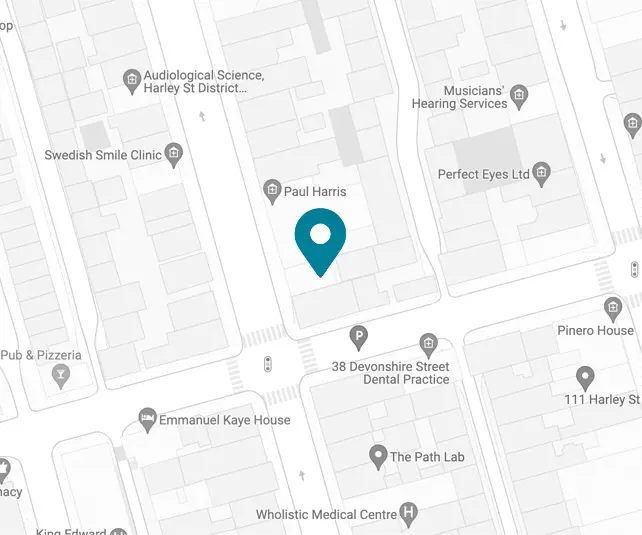Laser Hyperpigmentation Treatment

Hyperpigmentation laser treatment
Pain Relief
none required
Duration
30min
After Treatment
darkening & peeling of pigmentation
Recovery Time
1-3 days
No. of Sessions
3-4 (1 per month)
Results Last
Years+

What is Hyperpigmentation?
The upper layers of the skin contain pigment cells called melanocytes. They produce pigment called melanin that is then distributed evenly throughout the epidermis to give the natural colouration of the skin. In response to trauma, inflammation, sun exposure, hormones and as a result of genetics, pigment can be over-produced and form ‘clumps’ that look like areas of darker discolouration or ‘hyperpigmentation’. There are a number of different types of hyperpigmentation; common types include: freckles, post-inflammatory hyperpigmentation, sun damage and melasma.
One of the challenges of treating melasma pigmentation is the high risk of recurrence after laser removal of pigmentation. Recent research suggests that the Pulsed Dye Laser (PDL) is effective in the management of melasma pigmentation. This is because melasma is associated with an over-growth of capillary blood vessels that feed into the patches of pigmentation. Removing these unnecessary capillaries helps to reduce the recurrence of melasma.
How does laser for hyperpigmentation work?
Laser is a safe and effective solution to treat hyperpigmentation. We use Alexandrite and Nd:YAG laser light to target and destroy areas of excess pigment in the skin.
Frequently Asked Questions
What’s the Laser Hyperpigmentation Process?
Will hyperpigmentation laser treatment work for me?
Do I need a patch-test?
How many laser therapy for hyperpigmentation sessions?
How long do results last?
Is hyperpigmentation laser therapy painful?
Any side-effects post laser for hyperpigmentation?
Who will do my laser treatment for hyperpigmentationt?
How to prepare?
All our laser treatments require a consultation and patch-test prior to full treatment. This enables you to ask any questions you may have, prepare your skin for the treatment and to try the laser out, so that you know what to expect during your treatment and recovery. The patch-test also enables us to identify which laser settings will work best for you.
On the day of your treatment your therapist will assess how your skin felt after the patch-test. After completing the consent form and photography, the therapist will clean the skin (so don’t worry if you have makeup on), give you special goggles to wear and carry out the treatment according to the settings we identified during your patch-test. After the treatment we will cool the skin and apply aftercare serums to promote skin healing and SPF to protect the skin. The skin may feel slightly hot, like a sunburn, after treatment. Any pigmentation will initially become darker in colour and then peel off. This process can take up to 5 days to complete. We recommend simple moisturisers and sunblock after treatment.
Our pigmentation lasers are suitable for anyone who suffers with freckles, lentigo and solar lentingines or ‘sun damage’. Melasma is usually treated using topical skincare and Pulsed Dye Laser with CO2 Laser, to reduce the recurrence of melasma. Our pigmentation lasers are suitable for any skin type. We do not recommend treating pigmentation during pregnancy as there is a higher chance of recurrence.
Yes, we require a patch-test at least 48 hours prior to your treatment (even if you have had this treatment done previously elsewhere). The patch-test takes 10 minutes to do and can sometimes be done at your consultation appointment. We recommend stopping retinol 5 days prior and avoiding sun exposure 4 weeks prior patch-test.
For optimal results, most patients will require 3-4 sessions (approximately 1 session per month) and will notice significant improvement after each treatment. In some circumstances, more than 4 sessions may be needed.
The results from hyperpigmentation laser treatment are permanent. However, due to sun exposure or other factors, pigmentation may come back again. You may need to do further laser sessions in future years.
Some people describe that the laser pulse feels like a rubber band flicking on the skin. It is not painful and you quickly get used to the rhythm of the laser. We use cool air on the skin after treatment to minimise any redness and swelling. Anaesthetic is not generally required.
There is some redness, slight swelling and skin sensitivity (like a mild sunburn) for 1-3 days after laser hyperpigmentation treatment. Your pigmentation will initially turn darker and then flake off over 5-7 days. These side-effects are generally mild and most people will be able to continue with normal daily routines.
Laser treatments are carried out by our experienced skin therapists.
We recommend that you pause any treatments like retinol, tretinoin, glycolic or tetracycline antibiotics for 5-7 days prior treatment, as they make the skin more sensitive to light. We recommend that you do not tan for at least 4 weeks prior to and for at least 6 weeks after this treatment. We do not advise laser pigmentation treatment if you are pregnant.



